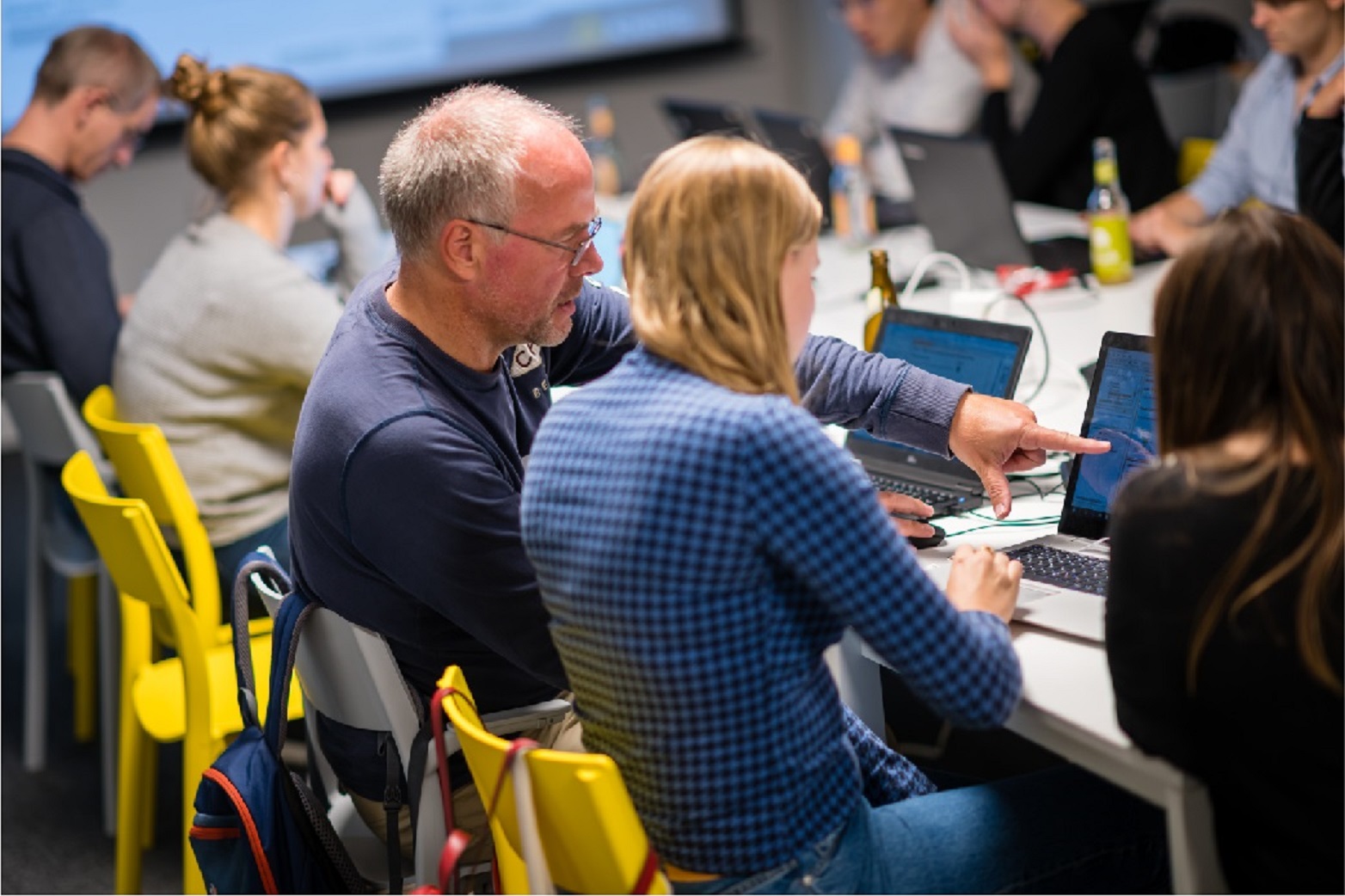Note that these components are built by and for the community. They have not been officially verified by the KNIME team.
Components - for sharing and reusing bundled functionality - were introduced in 2019. Since then, the community has been very active, learning to build, generalize, and encapsulate workflows as components and make them available to others by sharing them on the KNIME Hub. To date, over 300 components have been uploaded by the community! With the KNIME open source user base growing steadily, more and more components are going to be shared: by the community, for the community.
We are impressed by what the community has built. That's why today we want to feature twelve we like as useful or fun community contributions. Some of them are built by well-known KNIME users we've highlighted before in our Contributors of the Month program. Others are new to building components. Give them a warm welcome!
Log in to your KNIME Hub account and try out the community components - drag and drop from the KNIME Hub to your Workflow Editor to try out and adapt to your own requirements. Show your appreciation for a community component by dropping a like!
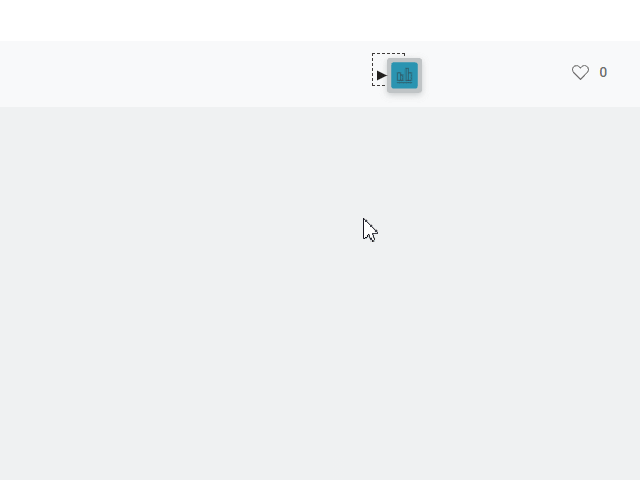
1. Translator by Armin Ghassemi Rudd
Armin (@armingrudd) created a component that automatically queries the Google Translate web service with the Webpage Retriever node. Even if this approach is not exactly the one Google offers via API authentication, it can still be used to automate manual work. Time to translate your documents with a simple drag, drop, connect, set up and execute! Drop a like for the Translator component or its example workflow on KNIME Hub.

2. Drivetime and Distance Query by Tosin Adekanye
Tosin (@sntrada) made the TomTom API available via a component that automatically gets trips distances and durations given a start and end point in GPS coordinates and a selected vehicle. Provide your TomTom API key and provide geo locations with latitude and longitude values. Read more on the Drivetime and Distance Query component page or on its example workflow. Thank you Tosin!

3. Row Count by Brian Bates
Brian (@takbb) encapsulated a workflow into a component that creates a flow variable with a custom name showing the number of rows in the input table. This is slightly different from the Extract Table Dimension node, but given the many downloads it is still quite popular. Find the Row Count component and others like it on Brian’s KNIME Hub space!
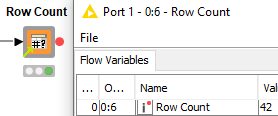
4. Autofeat Generator and Apply by Ashok Harnal
Ashok (@ashokharnal) bundled Python scripts into two components to run the ‘autofeat’ package. When you drag and drop the component and execute, Ashok makes sure that your KNIME automatically installs all the required Python packages via the Conda Environment Propagation node. The component takes your data and generates new columns based on the ones you provided. This automated feature engineering comes in handy when blindly optimizing performance of simpler machine learning algorithms such as logistic or linear regressions. The Autofeat Generator component also outputs a Python Object to apply the same transformations to new data via the Autofeat Apply component. Check out the example workflow on the KNIME Hub to view in detail how both components work.
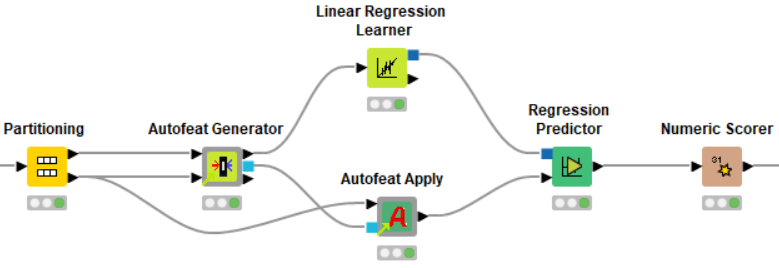
5. Microsoft Graph API by John Denham
John (@johndenham // @TardisPilot // @knimetips), besides creating many KNIME accounts, has also built many components to query the Microsoft Graph API. This API grants you access to Microsoft Cloud service resources. John created six components that work together to manage the Azure Active Directory (AD) groups, membership and roster, allowing you to manage Azure user infos from a single KNIME Workflow. Questions? Reach out to John on KNIME Forum by starting a discussion at the bottom of the KNIME Hub workflow page!
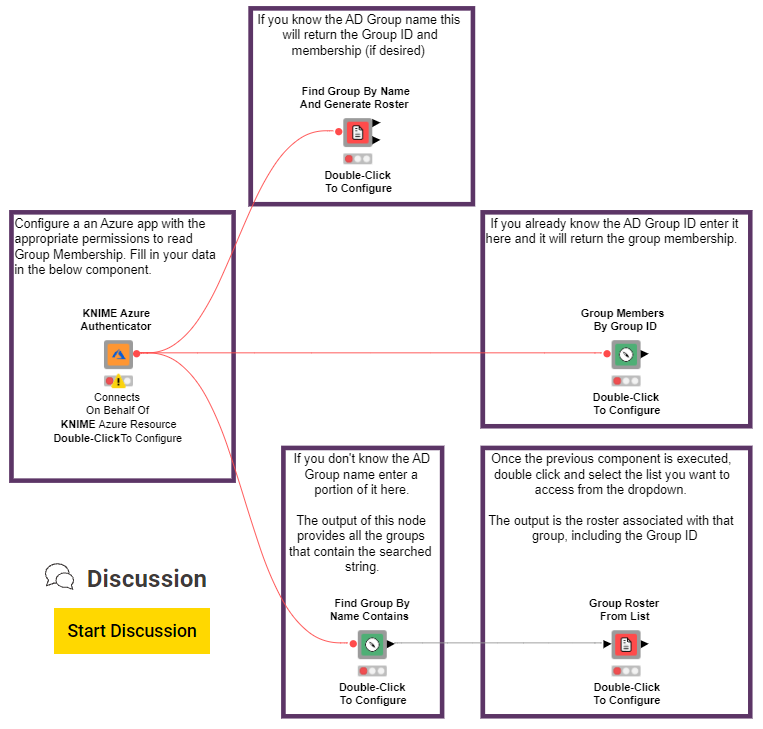
6. PCA with R by Francesco Tuscolano
In order to perform PCA analysis, Francesco (@francescots) has embedded an R script via the KNIME Interactive R Statistics Integration. KNIME already offers native nodes for PCA, as well as Spark PCA and H2O PCA integrations. We like this component because it shows how you can use the Conda Environment Propagation node for R dependencies, and not just Python! The first time the Principal Components Analysis with R component executes on your system it automatically installs in a conda environment R and the necessary libraries: ‘psych’ and ‘GPArotation’ — necessary for the analysis to work, as well as the ‘rserve’— necessary for KNIME Integration with R to work. After the first execution the component skips any installation and directly executes the R script. Isn’t this neat? Take a look at the example workflow.
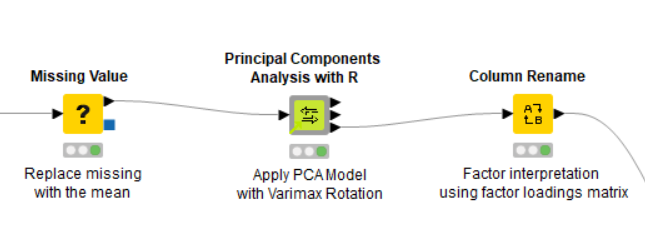
7. Global Thresholdings by Laurent Thomas
Laurent (@l.thomas) released a component to process images via up to 15 different global thresholding techniques. Global thresholding is useful in general to determine a threshold to distinguish between foreground and background of an image. Inside Laurent’s component the Global Thresholder node is looped each time with different settings based on component settings. The component can be used for example to compare the different techniques at its output and judge which is the best one for a particular set of images. Drop a like on the component KNIME Hub page and download the example workflow.
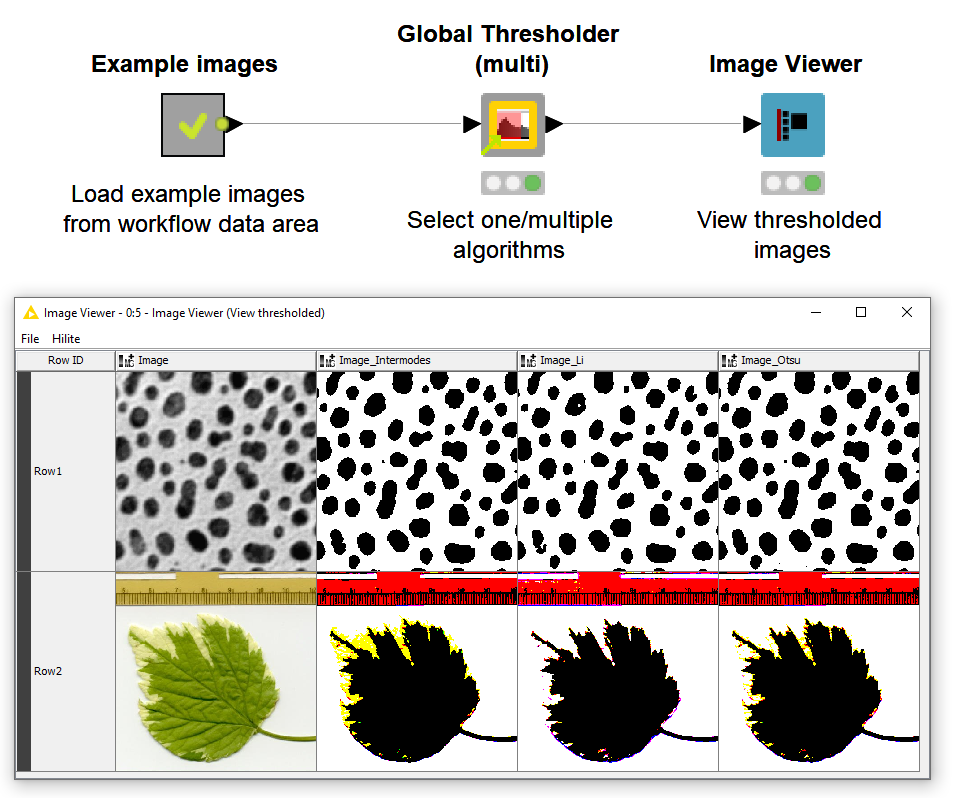
8. Variance Inflation Factor (VIF) by Andrea De Mauro
Andrea (@AdM) encapsulated a component to detect correlation between columns, more precisely multicollinearity, in order to discard the redundant information before training a model. The component Variance Inflation Factor (VIF) simply returns the VIF values, while the component Variance Inflation Factor (VIF) Filter automatically filters out those columns based on a custom threshold. Any feedback for Andrea? Reach out to him on the KNIME Forum thread he created!
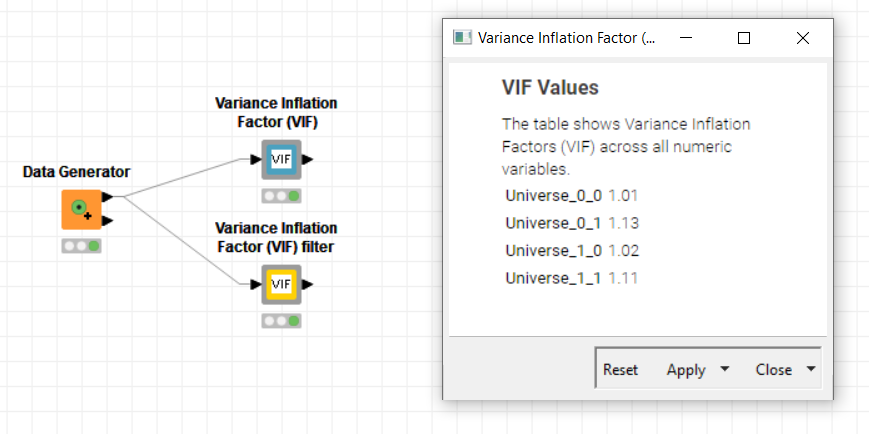
9. Standardized Coefficients by Daniele Tonini
Daniele (@Jaqen79) offers the community a component to compute the Standardized Coefficients of any Linear Regression model. First train a model with the Linear Regression Learner node, then connect to Daniele’s component and input the training data and the raw coefficients (screenshot below). Finally, in the component configuration, select the numerical target, and execute. The Standardized Coefficients component returns new values for each input feature that measure the impact in % to the model output and sum up to 1. Isn’t that much more intuitive than the raw coefficient values from the learner output port? Try the component here using its example workflow on KNIME Hub.

10. Cell Segmentation by Jan Eglinger
Jan (@imagejan) is proposing a component for segmentation of cell bodies, membranes and nuclei from microscopy images. Put simply, the component takes as input pictures of cells and automatically divides their pixels into different areas. The Cell Segmentation with Cellpose component loads the Python package ‘cellpose’ via a Conda Environment Propagation node and executes it to perform image segmentation: pre-trained neural networks are loaded and applied to your microscopy images given a few parameters. Below you can see an animation of the Cell Segmentation with Neural Networks example workflow on KNIME Hub. Before trying out the workflow make sure you manually install KNIME Image Processing - Python Extensions!
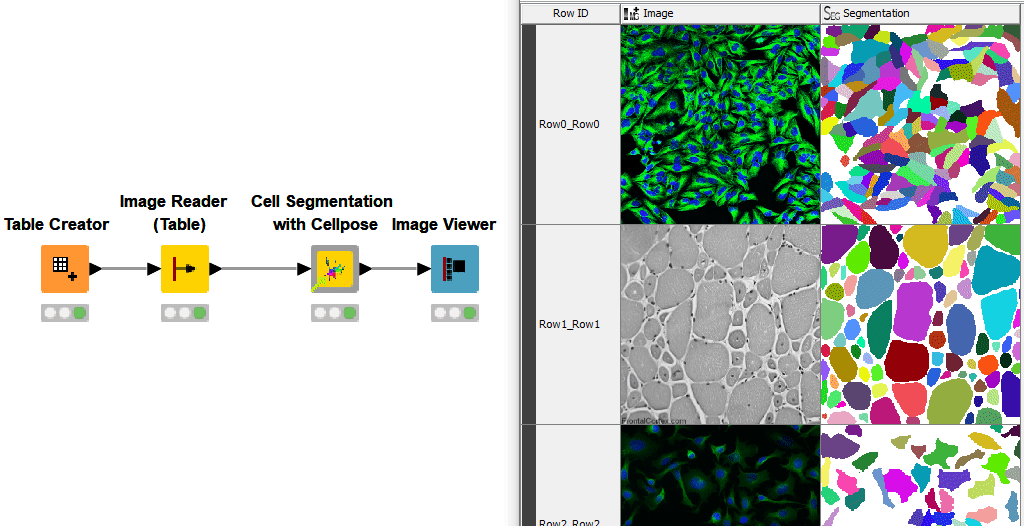
11. Google Analytics Query by Gavin Attard
Gavin (@Gavin_Attard) enhanced the Google Analytics Query node for marketing analytics use cases by encapsulating it into a component. The Google Analytics Query component adds a retry on fail, a pagination feature, and improves sampling accuracy. The three enhancements have been included by adding nested loop nodes such as Recursive Loop Start and Table Row To Variable Loop Start as well as Try and Catch nodes. Impressive! Find more information about the component in an article by Gavin and look up his example workflow.
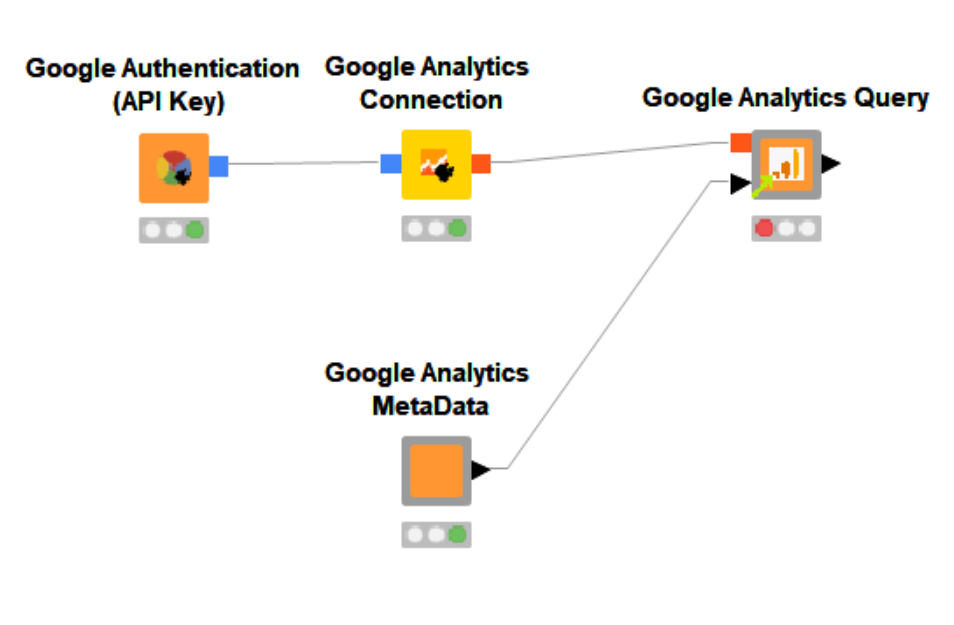
12. Factor Analysis of Mixed Data (FAMD) by Fabien Couprie
Fabien (@Fabien_Couprie) implemented a statistical method called Factor Analysis of Mixed Data (FAMD) for automated feature engineering for both numerical and categorical columns (that is why it’s called “mixed”). The FAMD component encodes the categorical columns via one hot encoding, appropriately normalizes both numerical and one hot encoded categorical, and then applies the PCA Compute node. Finally the component outputs the PCA post-processed results with new coordinates values for both input columns and rows. Any questions? Contact Fabien on the KNIME Forum!
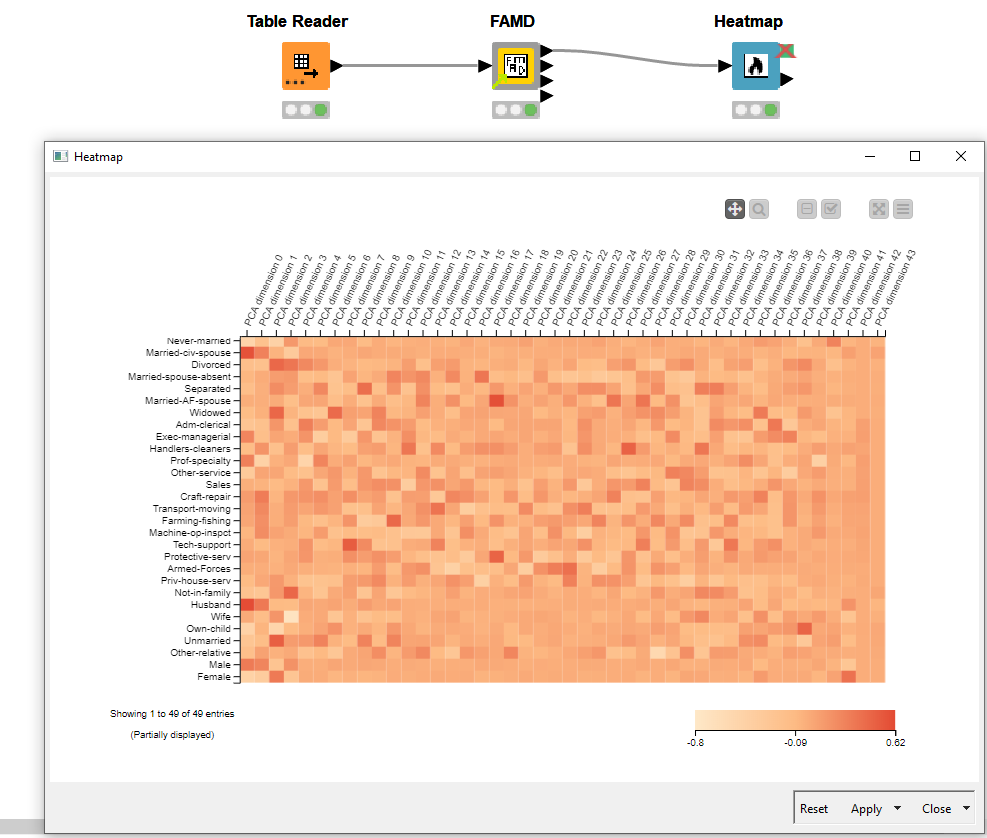
A Swarm of New Community Components On KNIME Hub
We’ve selected a range of components to show different tools and use cases that have been spontaneously built by the KNIME community. This is of course only a small selection — there are many more community components for you to explore on the KNIME Hub.
We also highlight community components in the Community Component Highlights section of the KNIME Verified Components web page. Note that this type of highlight is more formal as these components have undergone a special review based on specific criteria: performance, impact, and stats (number of downloads and likes).
What are you waiting for now? Start building and sharing your components on the KNIME Hub!
